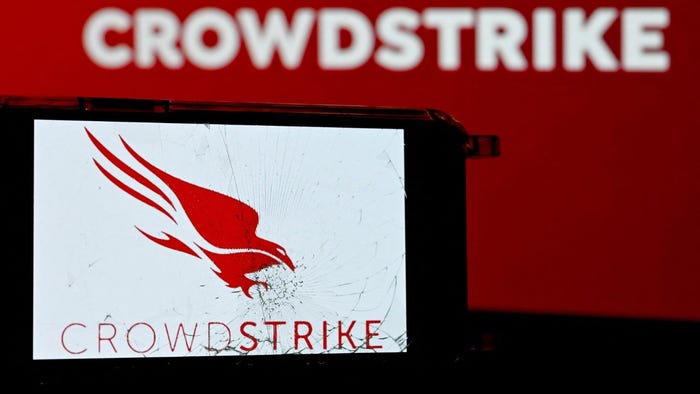3 Ways Cities Can Boost Clean Energy ROI
Investing in clean energy is not only good for the environment — it’s also good for your budget. For some cities, their investment has paid off in less than a year.
August 23, 2016

By Jesse Berst
Investing in clean energy is not only good for the environment — it’s also good for your budget. For some cities, their investment has paid off in less than a year.
But if you’re still on the fence, here are three new tips that can help your city get an even faster return on investment. From the battery tips that can stretch your solar investment to the role smart devices should play in your network, this is advice you can take to the bank.
1. Combine batteries with solar
Minster, Ohio, made history by becoming the first municipal utility in America to combine solar power with energy storage. It worked with S&C Electric to add a 7 MW battery energy storage system to its solar array and the project is helping to pay for itself.
The energy storage system predicts when the highest peak loads will occur and automatically switches from regulating the power to providing a demand-response boost. This helps lower the cost of providing power under those peak conditions.
On top of that, the city saved $350,000 on power-factor correction equipment for its solar array. The storage system already handles that.
2. Buy bigger batteries
Batteries have a limited lifespan. Schneider Electric found that to get the biggest return on your battery investment, it’s best to use only about 25-30% of their power before recharging them.
Doing that, instead of waiting until they are half drained — the more traditional charging point — cuts your effective cost per kWh by about 25%.
To recharge them sooner, you’ll likely need to invest in bigger batteries, but the savings you get from their longer lifespan can quickly make up for that.
3. Focus on reliability
Renewable energy sources are one of the factors behind the transition to a distributed grid. To get the most out of that shift, however, it’s critical to understand that its reliability requires a bit more care to ensure.
At the recent Grid Edge World Forum, Duke Energy Vice President of Grid Solutions Lee Mazzocchi pointed out that his mobile phone drops calls a few times a week; a city couldn’t function effectively if its power grid functioned much less than perfectly.
There are options. Florida Power & Light boosted its reliability 40% after deploying 40,000 intelligent devices, smart switches and relays.
Jesse Berst is the chairman of the Smart Cities Council, which helps cities use technology to become more livable, workable and sustainable. Learn about the Council’s second-annual Smart Cities Week, September 27-29 in Washington, D.C., at SmartCitiesWeek.com.
This article originally was published in our sister publication American City & County.
You May Also Like






